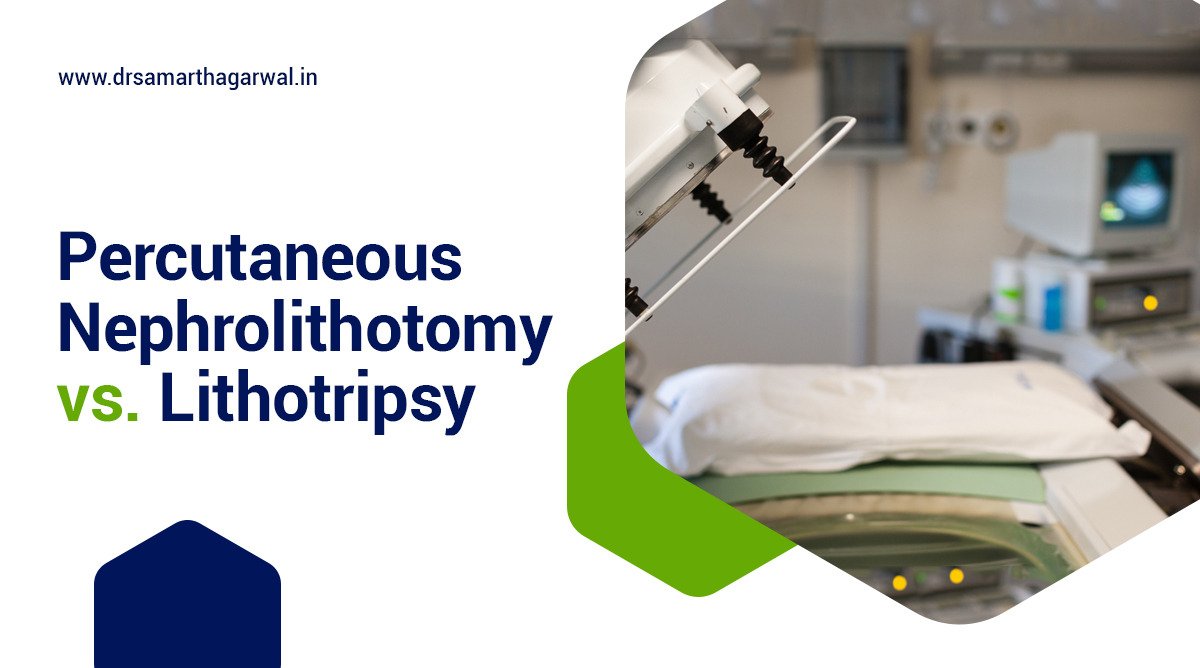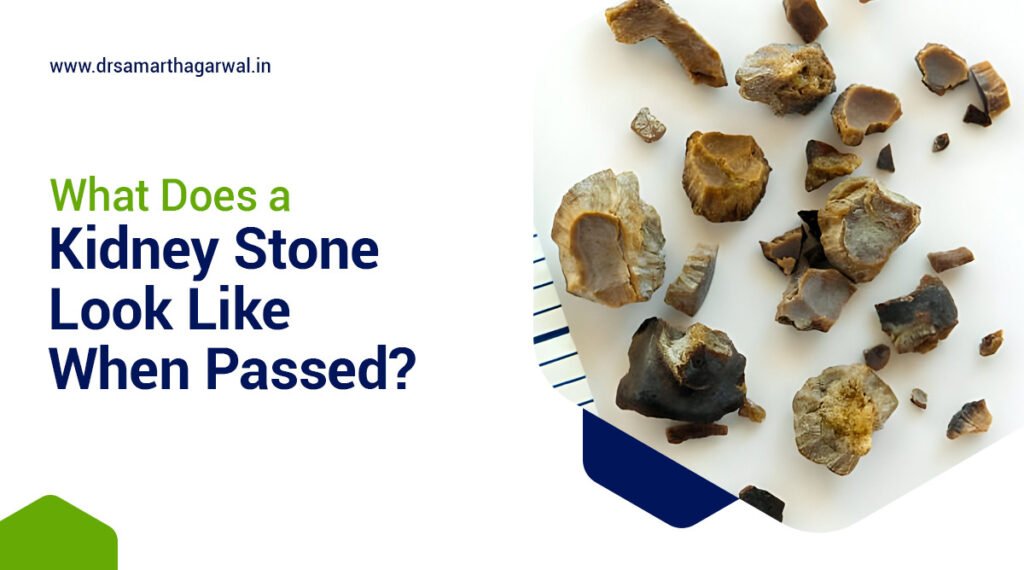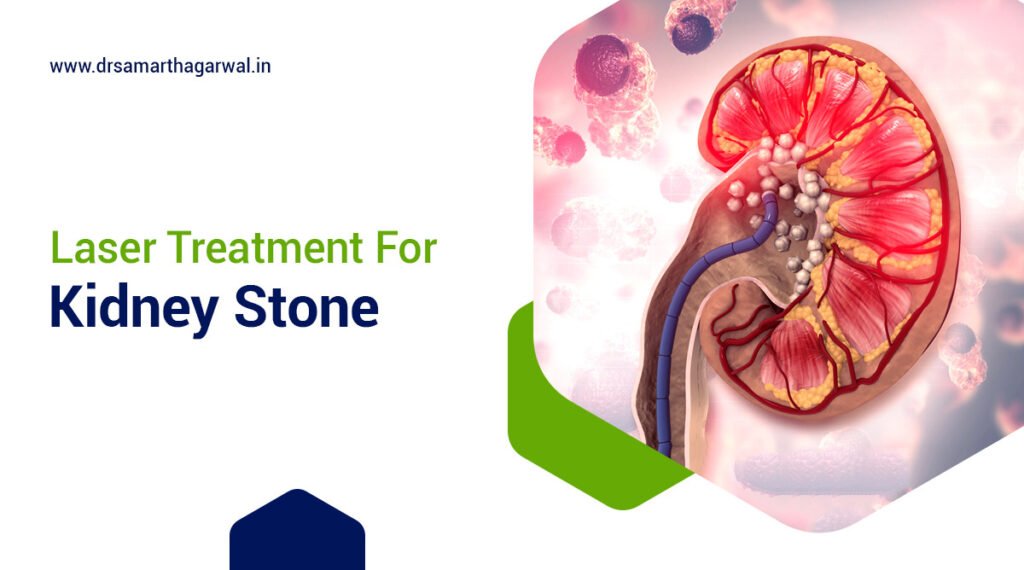Percutaneous nephrolithotomy and lithotripsy are surgical interventions used to treat kidney stones, a prevalent issue among populations worldwide. This article elucidates the differences and individual attributes of these techniques, focusing particularly on their effectiveness as stone-removal therapies.
Percutaneous nephrolithotomy (PCNL) refers to the technique of removing renal stones through small incisions or catheter insertion with the aid of various tools and methods such as sound waves (ultrasonic) or a pneumatic hammer.
Its application is chiefly considered when the stone burden is severe and stones are positioned in the middle calyces or more basally, making stone localization more challenging.
Lithotripsy, on the other hand, focuses on breaking up renal stones. Lithotripsy relies on Extracorporeal shock wave lithotripsy (ESWL), ureteroscopy (RIRS), and laser-lithotripsy through a small scope passing directly into the kidney under camera guidance, depending on factors like the location and nature of the stones.
What is the difference between percutaneous nephrostomy and lithotripsy?
This table compares the key aspects of Percutaneous Nephrolithotomy (PCNL) and Extracorporeal Shock Wave Lithotripsy (ESWL), two methods used for treating kidney stones. The table highlights their differences in purpose, success rate, stones types, equipment used, invasiveness, advantages, and limitations.
| Aspect | Percutaneous Nephrolithotomy (PCNL) | Extracorporeal Shock Wave Lithotripsy (ESWL) |
| Purpose | Procedure for removal of larger renal stones | Non-invasive method to fragment renal or ureteral stones |
| Success rate | Initial success and lower re-treatment rates | Less initial success compared to PCNL |
| Stones types | Suitable for larger dense or moderate-sized stones | More suitable for smaller or simpler stones |
| Equipment used | Rigid telescopes and special instruments | Specialized machines to produce high energy shockwaves |
| Invasiveness | Relatively more invasive due to surgical procedure | Minimally invasive procedure, similar to a scan |
| Advantage | Offers complete removal of stones | Easier and less recovery time |
| Limitations | Can lead to complications, requires expertise | Frequently stones need repeated procedures; results vary, some cases failure |
What size kidney stone requires percutaneous nephrolithotomy?
Percutaneous nephrolithotomy is recommended for kidney stones larger than 2 centimeters (2 cm) or kidney stones that block more than one branch of the collecting system of the kidney, known as staghorn kidney stones.
Success rate of Percutaneous Nephrolithotomy?
On average success rate of Percutaneous Nephrolithotomy is more than 80%
According to Robin Joshi’s 2019 study ‘Success rate of percutaneous nephrolithotomy in renal stone’, the success rates of stone clearance were 97.8 %, 95.3%, 80% and 50% for Guy’s stone score 1, 2, 3 and 4 respectively.
According to Ujwal Kumar, Vinay Tomar, Sher Singh Yadav, Shivam Priyadarshi, Nachiket Vyas, Neeraj Agarwal, and Ram Dayal in a 2018 study published in Urol Ann, they evaluated the success rate of percutaneous nephrolithotomy (PCNL) using Guy’s Stone Score (GSS) and STONE score. The study included 445 patients who underwent PCNL between July 2015 and December 2016. The success rate in their study was 86.29%. Both the GSS and STONE score were significantly associated with the success rate of the procedure. Both the scoring systems correlated with operative time and postoperative hospital stay. Of the total cases, 102 patients (22.92%) experienced complications.
Success rate of Percutaneous Lithotripsy?
The average success rate of Percutaneous Lithotripsy is around 80%.
According to Ufuk Ozturk, et al’s 2013 study titled “Comparison of Percutaneous Nephrolithotomy (PCNL), Shock Wave Lithotripsy (SWL), and Retrograde Intrarenal Surgery (RIRS) for 1- to 2-cm Lower Pole Kidney Stones”, the success rates were 76, 94, and 73%, respectively, in Shock Wave Lithotripsy (SWL), Percutaneous Nephrolithotomy (PCNL), and Retrograde Intrarenal Surgery (RIRS).
Which is best PCNL or RIRS?
The selection of Percutaneous Nephrolithotomy (PCNL) or Retrograde Intrarenal Surgery (RIRS) depends on various factors, including stone size, location, the patient’s medical history, and anatomical factors. RIRS has increasingly become the first choice for doctors when treating kidney stones in patients with health complications due to its numerous benefits.
According to recent research, RIRS can provide successful results in stones greater than 2 cm, thanks to advancements in technology. It is especially suitable for patients who have earlier attempts to remove renal stones have failed, stones that are too large in size, the presence of tumors in the kidney, kidney strictures, patients who are children, patients with bleeding disorders, obese patients, and those with complex anatomical kidneys.
The advantages of RIRS over PCNL are apparent when considering the recovery time and chances of post-operative complications. Patients undergoing RIRS typically experience quicker recovery times compared to PCNL patients, who may encounter longer recovery times due to increased complications like blood transfusion and multi-follow-ups.
However, PCNL can still be recommended when the stones are larger than 2cm, as RIRS instruments and gadgets are extremely expensive, and multiple RIRS sessions may be required to remove large, hard, or brittle stones.
Both PCNL and RIRS procedures need to be evaluated on a case basis to determine which method is best suited for individual patients. Ultimately, it’s crucial to consult with an expert urologist to discuss your options, as both procedures can help manage and treat kidney stones effectively.
What size kidney stone for lithotripsy?
Kidney stones smaller than 2 cm (20 mm) are ideal for extracorporeal shockwave lithotripsy (SWL). However, stones that are approximately 1-2 cm in size may be considered controversial and the treatment option could be SWL or ureteroscopic lithotripsy, as per medical evaluation. Larger stones might require more extensive procedures like percutaneous nephrolithotomy (PCNL), minimally invasive percutaneous endoscopic lithotripsy, or surgical techniques such as miniperc-PNL or tubeless.

Contact Dr. Samarth Agarwal if you have any questions or concerns about your Urinary health!






